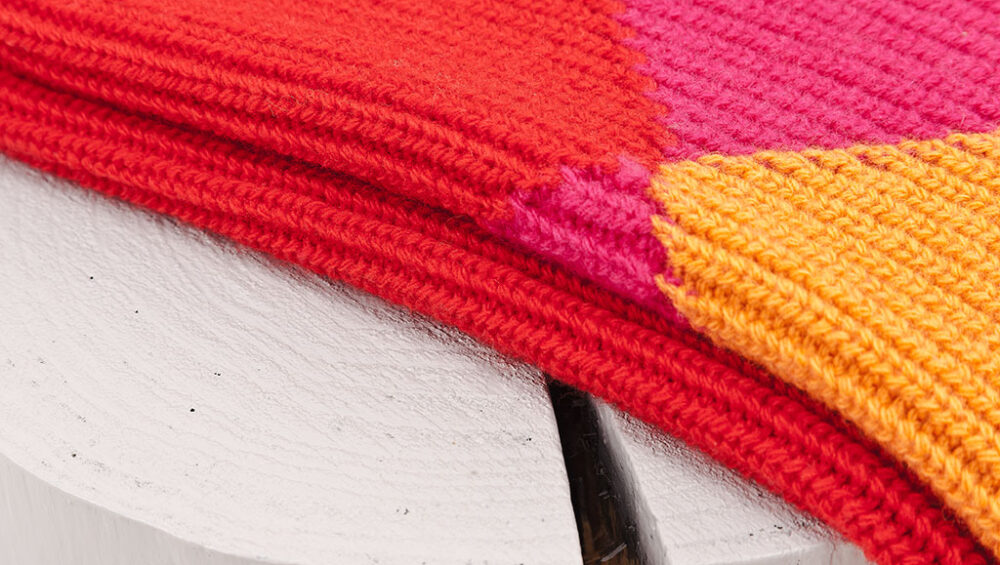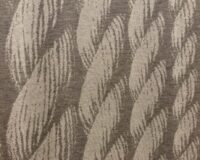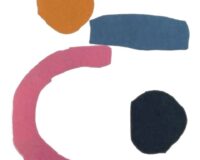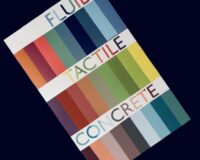Mini ode to the blanket
It is of good appearance, of necessary lightness, of natural origin.
She is of kind and caring character, of tender generosity,
of docile accommodation, long history, practicality, devotion and belonging, free spirit.
Indispensable as a tool of anonymous and valuable everyday life.
Refuge of thoughts and catalyst of ideas and feelings, to the many possible ways….
Unexpected protagonist in moments of relaxation … socks you, guardian of a warm and soft protection, where the head peeps.
Creativity also linked to the reassuring need for pleasant sensations perceived in new desires. It also happens in the blanket accessory: the change of vision in the color expression of pattern the encounter with color and physical contact in the tactile need of feeling and touching.
Material World
Beauty comes from what each of us sees, feels and touches. Added to fabrics and colors is the sense of smell: smells are part of the material, where the key element lies in the treatment of the natural fibers themselves (processing cycle and final cleaning operation) to make them comfortable to the touch.
In the world of fibers, there is the story of a thread that from the need to ‘weave’ becomes the art of ‘weaving.’ There is the loom specifically for shuttle fabric (warp and weft), and there is that which pertains to knitting. In the distant past, the spinning wheel was a faithful companion of women (especially of the wealthy classes) with hand weaving, of threads such as wool flax and hemp. The earliest spinning techniques concern India and China, while in Europe they appear in the 1200s and the industrial breakthrough will come in the mid-18th century with the development of the mechanical loom and later, of the electronic loom.
I recommend the interesting book from which I took my cue “The Grammar of Textiles” by Michela Finaurini
I continue to cover the topic of “thread” for fine-textured fibers, which by nature have strength and elasticity, are joined through spinning, creating thin and flexible threads. Based on origin, they are distinguished into natural textile fibers (accounting for 40 percent of the world’s use) derived from animal and mineral plants and synthetic fibers (60 percent) through chemical processes (early 900′).
A more specific summary talk follows: I hope it will not bore you, otherwise skip the ‘piece’. I will cover some of the materials that are dear to me and used in my products..
Plant fibers are obtained from the cellulose of the plant, such as the seeds (cotton) from the stem (flax hemp jute ramie) from the leaf rib (raffia) or from the fruit (coconut). They are versatile fibers for both “heat recovery” and “ease of dyeing.”
animal fibers are obtained from protein substances such as wool (from sheep rabbit llama) through the removal of hair (shearing wool and wool while tanning wool concerns dead animals). There follow 2 types of process in dealing with the spinning of wool: carded and combed.
In case I, the fibers are untangled and cleaned of impurities, either by cardi (manual treatment) or carde (mechanical). The treated fibers are made soft and fluffy, ready for spinning.
In II, fibers are arranged in a parallel manner (removing impurities and short fibers) by processing the fiber mass in “combers,” resulting in a homogeneous yarn. Normally, long fibers are processed, which are of superior quality, with a smooth, thin and compact appearance.
In knitwear (in accessories and garments) I prefer the choice of carded wool, because of the yield of the final result, with its puffy, soft (sometimes even heavy) and opaque visual effect, as opposed to shaved, shiny and light combed wool.
I will not tell you about man-made and synthetic fibers (perhaps in the future), but I will give a further historical nod to wool and its use as early as the Bronze Age. The first to perfect processing were the Babylonians: Babylon means “land of wool.” Its inhabitants twisted the balls with their fingers by stretching them, to make threads for weaving.
It was the Romans who invented the rudimentary techniques of tannery and fulling.
In the Middle Ages a form of international trade industry would be organized at the expense of English competition (especially in Tuscany, Lombardy, Venice and Genoa). The curious fact concerns the “lanaioli of Florence” with their workshops in the historic center: they were distinguished by the words “of Florence,” an ancient “made in Italy,” synonymous with guarantee, quality, authenticity.
Over the centuries, by breeders, the selection of breeds that retain the “fleece” in the spring will follow. Today the sheep is a human-dependent species (it cannot survive as a free-ranging animal)
If I had to think about the colors of April, I would look for the bright green of wet grass and the deep blue of the sky with white clouds.
Meanwhile, I imagine them by looking at them in the painting as well and reflect…







